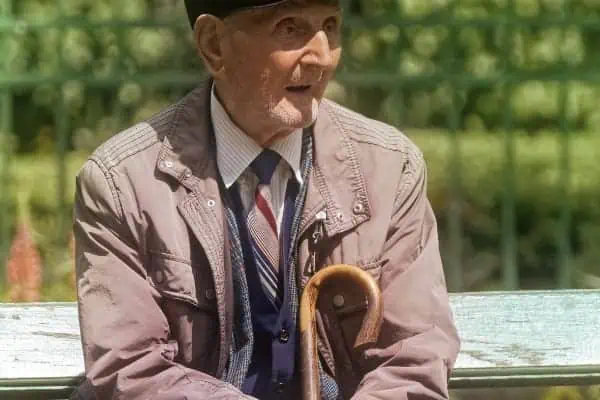The 1-10-1 principle refers to time: one minute, 10 minutes, and one hour.
“One minute” deals with cold-water shock; when you first fall into the cold water.
There will be an immediate deep gasp followed by hyperventilation and possible panic. Controlling panic and your breathing are critical to survival. This situation will pass in about a minute, and wearing a PFD (life jacket) will greatly increase your survival chances.
In this first minute, some people are doomed because their gasping allows water into their lungs and they drown.
“Ten minutes” deals with what is known as ‘cold incapacitation’ – spending over 10 minutes in cold water means you lose the ability to do things with your fingers, arms and legs, resulting in your inability to swim or perform a self-rescue; this includes taking hold of a rope or a branch extended to help you. Still, wearing a PFD is beneficial and rescue by others is still possible despite your incapacitation.
“One hour” is the approximate time before cold-water immersion results in unconsciousness due to hypothermia. Controlling panic, which wastes time and energy, allows you to delay hypothermia and perhaps even self-rescue.
A tactic to delay hypothermia is the Heat Escape Lessening Position (HELP). If you practice this in advance you’ll be more likely to remember this life-saving technique: Cross your arms against your chest, draw your knees up against your chest and hold that position. Wearing a PFD will help you keep your face and head out of the water, which is essential for survival.
More people die from hypothermia during the summer months than during the winter. Our glacier fed lakes and rivers are never warm, even at the height of the summer.
A safe thickness of ice in one location does not guarantee ice-strength elsewhere; springs, currents, and over-flow affect ice conditions and thickness.
If ice fishing, cut a hole close to shore to check thickness, especially early in the season; don’t walk or stand in groups until you’ve done so.
If it’s dark, wear a headlamp, and pay attention for changes in ice quality, sometimes indicated by a change in colour.
The relatively new to the market, suspender-type carbon dioxide charged PFDs, which inflate with a pull-cord are very convenient to wear because they are very small when not inflated. They inflate in about two seconds, and will keep you afloat while you work your way through the initial cold-water shock and figure out a strategy. Attach a rescue whistle to the PFD because you can blow a whistle a lot longer than you can scream for help.




